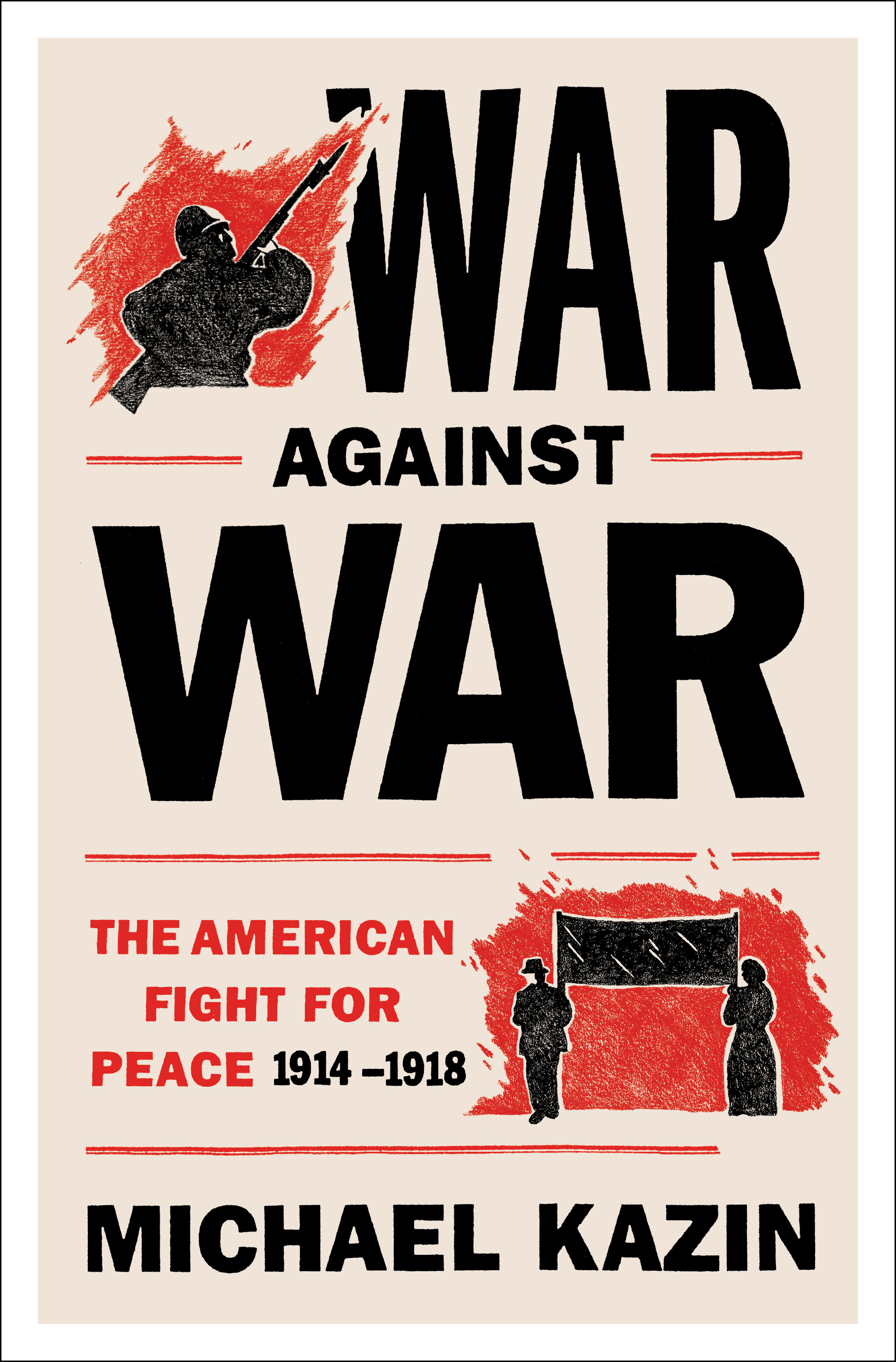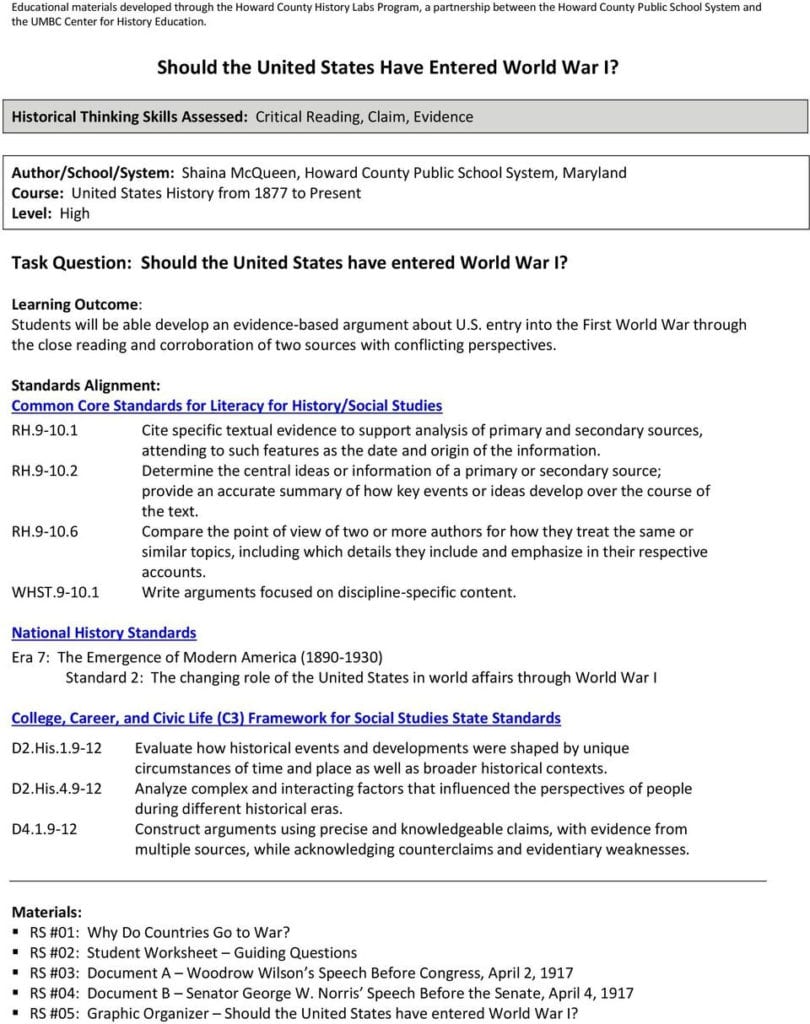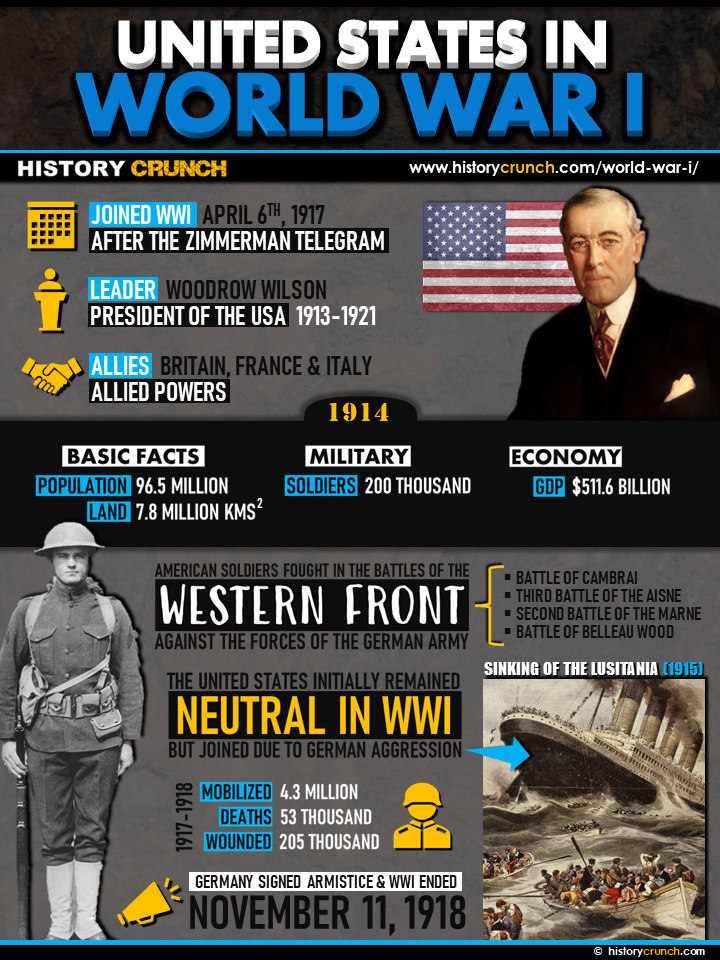
Anti-imperialists, on the other hand, believed that America, which itself had once been an overseas colony, had no right to take the islands as the spoils of war. Expansionists in Congress saw the decision to retain the islands as a continuation of America’s “manifest destiny” to spread its reach beyond the West Coast and into the Pacific. The decision to keep the Philippines during the Treaty of Paris that the Senate approved in February 1899 set off an intense and emotional debate across the country and on Capitol Hill. Like many people on the mainland, he believed Filipinos were incapable of self-government and did not want another foreign power to take over the islands. President McKinley’s strategy going into the conflict was to take as much of the Philippines as possible and then, during peace negotiations, to only “keep what we want.” 65 From an administrative standpoint, McKinley envisioned the Philippines as an American protectorate or an American colony. 63 Dewey’s victory had come so fast that few in the McKinley administration appeared to have given much thought to what came next. By the late 1890s, it had an estimated population of 8 million. The Philippines encompasses about 7,100 islands and sits nearly 8,600 miles away from Washington, DC. It was one thing to capture the islands, but another thing entirely to set up a working administration.

The relative ease with which the United States dispatched the Spanish squadron in Manila Bay was only the beginning of what would become a nearly 50-year American presence in the Philippines.

The following year, he was commissioned Admiral of the Navy. Navy’s Asiatic Squadron to a decisive victory against the Spanish fleet in Manila Bay.

tiles/non-collection/A/APA_essay1_19_GeorgeDewey_LC.xml Image courtesy of the Library of Congress On May 1, 1898, Commodore George Dewey led the U.S.


 0 kommentar(er)
0 kommentar(er)
